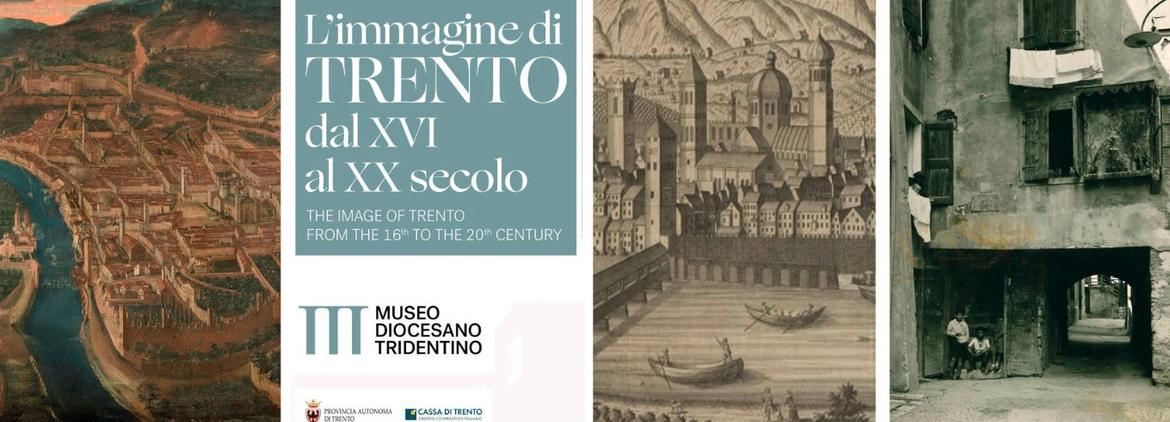The image of Trento from the 16th to the 20th century
Reopening of the rooms on the ground floor of Palazzo Pretorio

After several months of work, the rooms on the ground floor of Palazzo Pretorio - enlarged and renewed in their layout -will reopen on Friday 13 May at 18.00, and host an exhibition section dedicated to the image of Trento from the 16th to the 20th century.
The opening of these rooms will make an important heritage of art and culture available to Trentino's community as well as to tourists, a place where they can discover and explore the history of Trento, the evolution of its urban fabric, and the most salient episodes of its recent history.
The exhibition itinerary is divided into three different sections, organised in chronological order: the first room contains prints and paintings from the 16th-18th centuries that show the oldest face of the city of Trento, enclosed in crenellated medieval walls and protected to the north by the bend in the Adige River, rectified between 1854 and 1858. Among the houses, narrow streets, bell towers and squares, it is not difficult to recognise many places in the city that still exist today, but have been radically changed over the centuries.
The second room is dedicated to the image of Trento between the eighteenth and nineteenth centuries, when new ways of representing the urban space widened the view to the surrounding area, projecting the city's skyline against the backdrop of the mountains. This different figurative concept responds to the need to present to travellers along the Grand Tour routes what was beautiful, significant or interesting about Trento, by highlighting its monuments, infrastructures and more naturalistic aspects.
The photographs exhibited in the third and last room document the transformations of Trento between 1850 and 1945. All the images belong to the historical photographic fund of the Diocesan Museum of Trento and are on display for the first time. Among the authors are: Giovanni Battista, Enrico Unterveger, Sergio Perdomi, Giulio Rosetti and Giorgio Rossi.
27/04/2022

